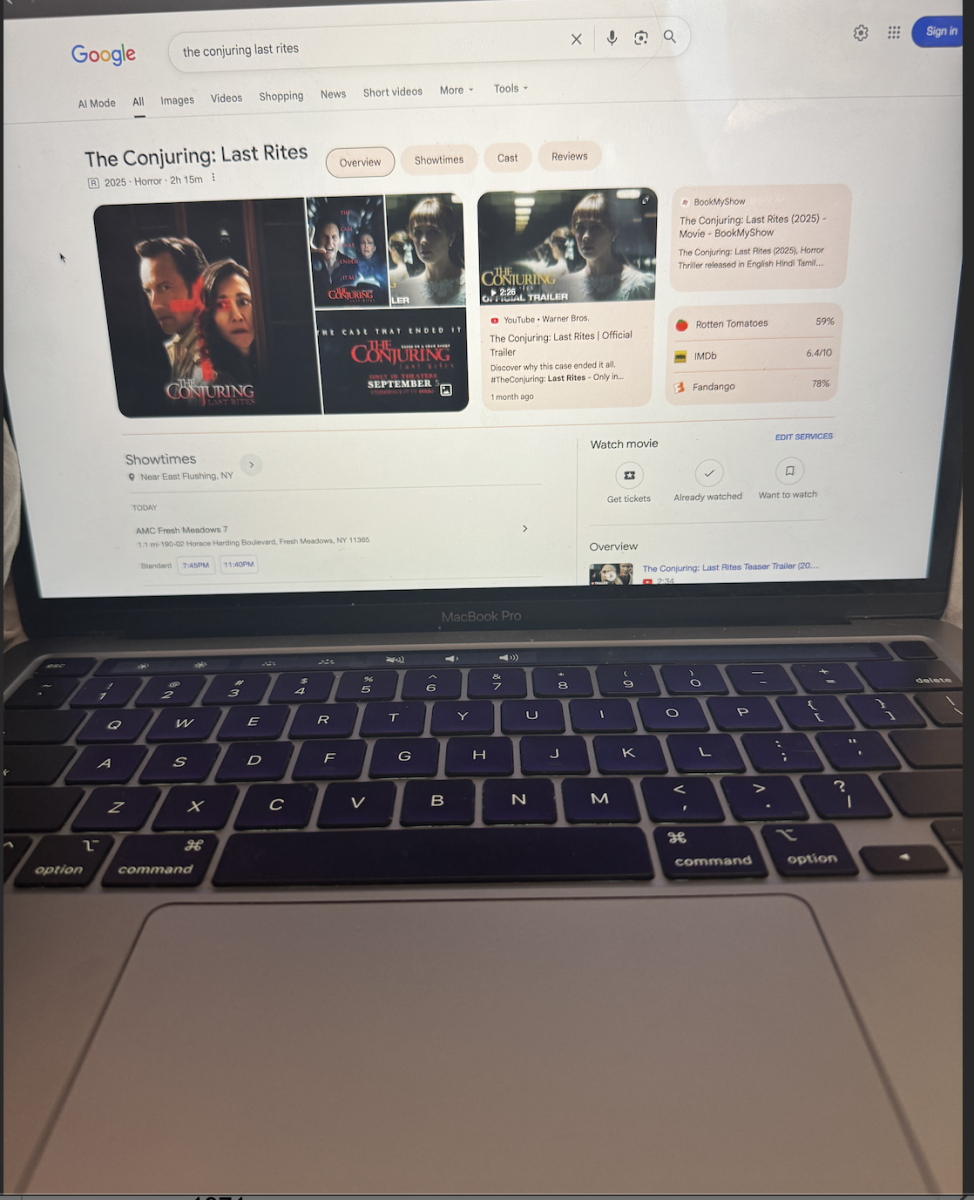
by Keith Loh, staff reporter
School lunches of the United States are pale in comparison to those of other countries. While US students are served plastic cheese on a bagel, which is called pizza, other countries dine in banquets or eat locally grown ingredients.
“I refuse to eat school lunch,” freshman Skylar Klees said.
In France, lunch is considered the most important meal of the day. Due to this tradition, silverware is set up along with baskets of bread, cloth napkins, glass cups, ceramic plates and water pitchers. Lunch is served as a five course meal, which can last from one to two hours. The French are taught to savor their meals and treat it as a social event, rather than just a time to stuff down their food.
In Sweden, lunch is served as a buffet. Students are allowed to indulge themselves, but due to their culture, they rarely eat seconds. Not all schools offer this program however, those that don’t, compensate with free lunch for all students.
Most Asian lunches are similar with slight differences. Their meals consist of a bowl of rice, vegetable soup, pickled salad, a piece of fruit, occasionally some type of fish, and usually some kind of tofu.
In Korea, kimchi is included as a traditional side dish, which is spicy fermented cabbage.
While in Japan, bento boxes are their trademark for lunch. Though the Japanese are served lunch in their classrooms, students have the choice of bringing bento boxes to school which is a box that contains rice, vegetables and meats. Japan has one of the lowest obesity rates in the world partly due to Japan not having any vending machines, but also because their food is never frozen and is grown locally.
“I don’t know how people can eat the lunch the school serves. It doesn’t look appetizing at all and I doubt that it taste any better,” freshman Leah Leem said.
Vending machines are a major food source for students in the US. However, due to concerned parents, the food in vending machines has been replaced with healthier alternatives such as vegetable fries or granola bars. Various laws have also been passed to restrict certain foods sold in school vending machines such as Coca Cola and other unhealthy alternatives. In school, most sweets, that are commonly sold in stores and delis, can be found exclusively at the school store where other various sweets and chocolate goods are sold.
“The snapple and chocolate chip cookies are too tempting to give up,” freshman Autumn Leguna said.
United States has faced one of the highest obesity rates for many years now and much of it is due to the foods they eat. The root of the problem stems from what they feed their children. One of the major steps in fighting obesity would be to stop the problem before it starts. The U.S should learn from its neighboring countries and improve its diets by taking action such as eliminating processed foods.
“I think school lunches are good because though it might not taste the best, it is definitely nutritious,” staff member of the lunch team Nick Xanthos said.
This lunch that students are served in the United States isn’t great, but it is surely improving and better than a majority of the countries out there. Around a decade ago, a large selection of foods was considered less healthy because it was fried and oilier. The nation as a whole seems to realized the potential risk that comes with unhealthy eating habits and diets and has been striving to raise awareness for it and improve it.
School lunch may not be the most enjoyable thing to eat, but it does do what it needs to do, which is to provide a nutritious meal. Though it may not be the healthiest meal, there are ways around it, such as having a side of salad.
Many students have been eating school lunch for about a decade now and have no objections to it. This doesn’t mean that there aren’t any compliments, but a change to the menu of the foods that they eat during school would be a welcome breath of fresh air. Perhaps not too long from now, the lunch that is served in the U.S will be compared to that of neighboring countries whether it is like the buffet style of Sweden or the high class status of France.
Each country has its own enriched culture which is reflected in their food. Tastes vary throughout these regions whether it be pizza and hamburgers in America or rice and fish in Asia. Be sure to keep an open mind, or rather an open mouth to have a taste of all the flavors in the world.




































